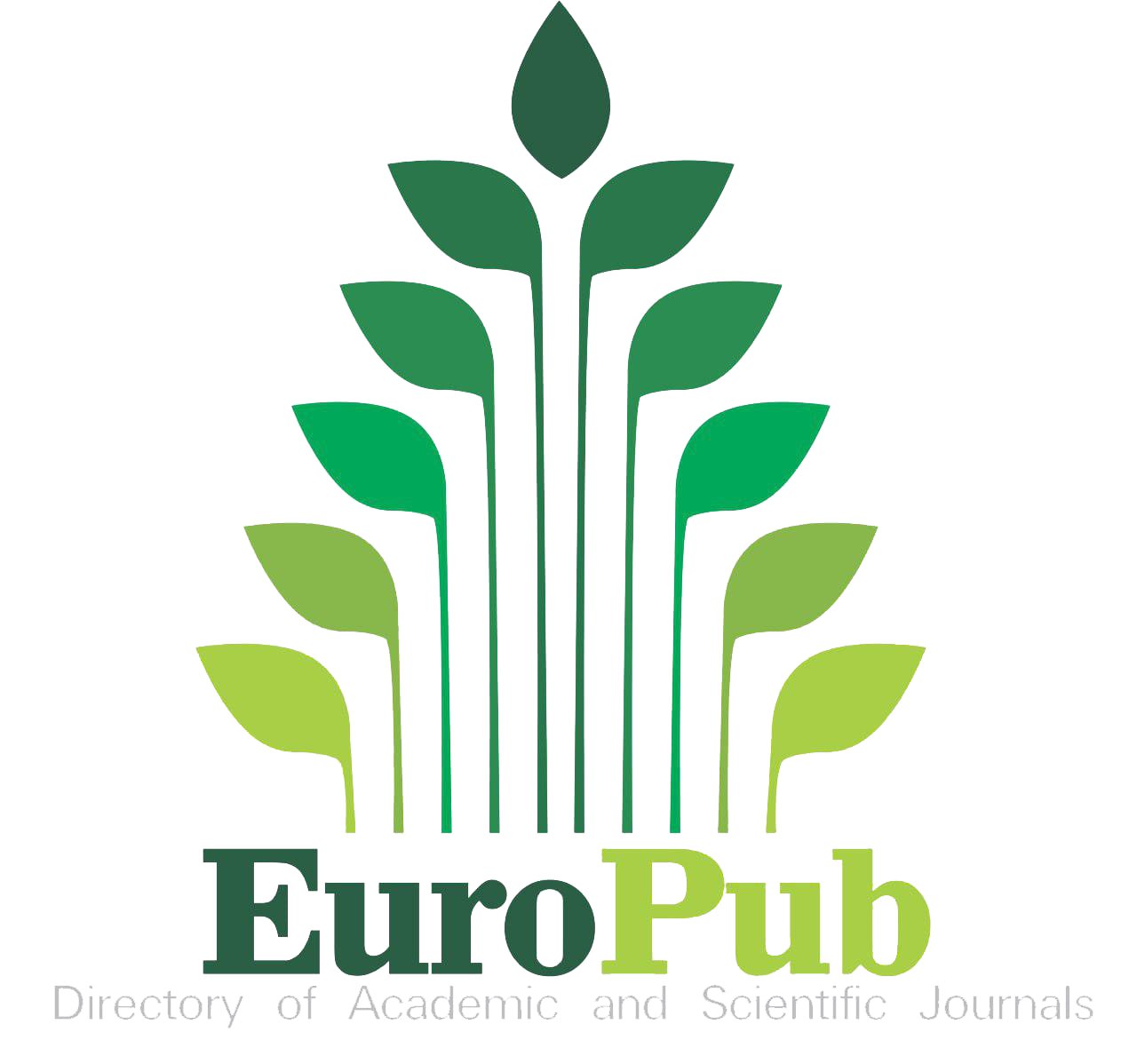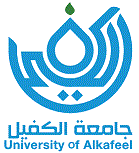Abstract
Honey is a sweet substance that has been valued by humans for its taste and health benefits. It is produced by honey bees from the sugary secretions of plants. However, other insects, such as aphids and wasps, also produce honey-like substances. This study aimed to compare the physical and biochemical properties of honey produced by honey bees, aphids, and wasps in the Kurdistan Region of Iraq. To achieve this, samples of honey, bitter honey, honeydew, and wasp honey were collected and examined. The samples were analyzed for total sugar, sucrose, water, Hydroxymethylfurfural (HMF), acidity, total acidity, diastase activity, total phenolic content (TPC), antioxidant activity (DPPH), and elements present. The tests applied were based on the international standard methods for honey analysis, Folin-Ciocalteu test for total phenols, DPPH radical scavenging test, and elemental analysis by ICP-OES. The study found that the physical and biochemical properties of honey produced by aphids and wasps were similar to those of honey produced by bees, with differences in total sugar, sucrose, water, HMF, acidity, total acidity, and diastase activity. Significant differences were found in TPC and antioxidant activities for most of the samples. However, the amounts of different elements present in the samples varied, with wasp honey containing high concentrations of Al, Mg, Fe, Mn, V, Ti, and Sr and being the only sample to contain vanadium. Overall, the results of this study suggest that honey samples produced by aphids and wasps were close to the specifications of bee honey and within accepted standards. However, when compared to bee honey, a significant difference was found in the total TPC and DPPH values. Honey is regarded as a necessary economic component and a healthy food, and this study contributes to our understanding of the properties of different types of honey.
Recommended Citation
Hussein, Jian Lateif
(2023)
"Comparison between honey produced by bees, aphids and wasps in Kurdistan Region - Iraq based on biochemical parameters,"
Al-Bahir: Vol. 2:
Iss.
2, Article 8.
Available at: https://doi.org/10.55810/2313-0083.1027
References
- Moneim A, Sulieman E, Sulieman E, Abdelhmied BA, Salih ZA. Quality evaluation of honey obtained from different sources. Food Publ Health 2013;2013(3):137e41. https://doi.org/10.5923/j.fph.20130303.04.
- Hamidah S, Arifin YF, Suhartono E, Satriadi T, Burhanuddin V. THE QUALITY OF ‘BITTER HONEY’ FROM SUNGKAI FLOWER (Peronema canescens) COMPARED WITH OTHER KINDS OF HONEY. Acad Res Int 2019;10(3) [Online]. Available: www.savap.org.pk.
- Crane E. Honey from honeybees and other insects. Ethol Ecol Evol 1991;3:100e5. https://doi.org/10.1080/03949370. 1991.10721919.
- Hunt JH, Rossi AM, Holmberg NJ, Smith SR, Sherman WR. Nutrients in social wasp (hymenoptera: vespidae, polistinae) honey. Ann Entomol Soc Am 1998;91(4):466e72. https://doi.org/10.1093/aesa/91.4.466.
- Wotton RS. What was manna? Opticon 1826 2010;(9):1e9.
- Seregin Iv, Ivanov VB. Physiological aspects of cadmium and lead toxic effects on higher plants. Russ J Plant Physiol 2001; 48(4):523e44. https://doi.org/10.1023/A:1016719901147.
- Orellana E, Custodio M, Bastos MC, Cuadrado W. Lead in agricultural soils and cultivated pastures irrigated with river water contaminated by mining activity. Journal of Ecological Engineering Sep. 2019;20(8):238e44. https://doi.org/10.12911/ 22998993/111715.
- Stamp NE. Effects of prey quantity and quality on predatory wasps. Ecol Entomol Jun. 2001;26(3):292e301. https://doi.org/ 10.1046/J.1365-2311.2001.00325.X.
- Grüter C. Stingless bees: their behaviour, ecology and evolution. In: Fascinating life sciences. Cham: Springer International Publishing; 2020. https://doi.org/10.1007/978-3- 030-60090-7.
- Markwell TJ, Kelly D, Duncan KW. Competition between honey bees (Apis mellifera) and wasps in Honeydew beech forest. N Z J Ecol 1993;17(2):85e93.
- Steinnes E, Friedland AJ. Metal contamination of natural surface soils from long-range atmospheric transport: existing and missing knowledge. Environ Rev 2011;14(3):169e86. https://doi.org/10.1139/A06-002.
- Kovacik J, Grúz J, Biba O, Hedbavny J. Content of metals and metabolites in honey originated from the vicinity of industrial town Kosice (eastern Slovakia). Environ Sci Pollut Control Ser 2015;23(5):4531e40.https://doi.org/10.1007/ S11356-015-5627-8.
- Stern BR. Essentiality and toxicity in copper health risk assessment: overview, update and regulatory considerations. 2010. p. 114e27.https://doi.org/10.1080/15287390903337100.
- Kuvibidila SR, Porretta C, Surendra Baliga B. Iron deficiency alters the progression of mitogen-treated murine splenic lymphocytes through the cell cycle. J Nutr Jul. 2001;131(7): 2028e33.https://doi.org/10.1093/JN/131.7.2028.
- Osredkar J. Special issue title: heavy metal toxicity handling editors. J Clin Toxicol 2011;S3:1e18.https://doi.org/10.4172/ 2161-0494.S3-001. 001.
- Bogdanov S, Martin P, L_llmann C, Apidologie. Introduction and general comments on the methods. 2009. p. 3e10.https://doi.org/10.1007/s13398-014-0173-7.2.
- White Jr JW. Spectrophotometric method for hydroxymethylfurfural in honey.J Assoc Off Anal Chem 1979;62(3): 509e14.
- Codex Alimentarius. Revised Codex standard for honey, standards and standard methods vol. 11.Codex Alimentarius Commission FAO/OMS; 2001.https://doi.org/10.1007/978-3- 540-88242-8.
- Schade JE, Marsh GL, Eckert JE. Diastase activity and hydroxy-methyl-furfural in honey and their usefulness in detecting heat alteration.J Food Sci 1958;23(5):446e63.
- Piljac-Zegarac J, Stipcevic T, Belscak A. Antioxidant properties and phenolic content of different floral origin honeys.J ApiProduct ApiMed Sci 2009;1(2):43e50. https://doi.org/ 10.3896/IBRA.4.01.2.04.
- Khalil MI, Alam N, Moniruzzaman M, Sulaiman SA, Gan SH. Phenolic acid composition and antioxidant properties of Malaysian honeys. J Food Sci Aug. 2011;76(6):C921e8. https://doi.org/10.1111/J.1750-3841.2011.02282.X.
- Küçük M, Kolayli S, Karaoǧlu S¸ , Ulusoy E, Baltaci C, Candan F. Biological activities and chemical composition of three honeys of different types from Anatolia. Food Chem Jan. 2007;100(2):526e34. https://doi.org/10.1016/J.FOODCHEM.2005.10.010.
- Otmani I, Abdennour C, Dridi A, Kahalerras L, Halima-Salem A. Characteristics of the bitter and sweet honey from Algeria Mediterranean coast. Vet World Apr. 2019;12(4):551e7. https://doi.org/10.14202/vetworld.2019.551-557.
- Al-Waili NS. Natural honey lowers Plasma glucose, C-reactive protein, homocysteine, and blood lipids in healthy, diabetic, and hyperlipidemic subjects: comparison with dextrose and sucrose. Jul. 2004. p. 100e7. https://doi.org/10.1089/109662004322984789. https://home.liebertpub.com/jmf.
- Halouzka R, Tarkowski P, Zeljkovic SC. Characterisation of phenolics and other quality parameters of different types of honey. Czech J Food Sci 2016;34(3):244e53. https://doi.org/10.17221/321/2015-CJFS.
- Nicknejad A. The mannas of Iran. College of Pharmacy, University of Tehran; 1976.
- Al-Waili N, Salom K, Al-Ghamdi A, Ansari MJ. Antibiotic, pesticide, and microbial contaminants of honey: human health hazards. Sci World J 2012:2012. https://doi.org/10.1100/2012/930849.
- Food A. Standards Australia New Zealand (FSANZ): canberra, “Australia New Zealand food standards code e standard 2.8.2 e honey,” standard 2.8.2 honey, food standards (proposal P1025dcode revision) variation. 2015. accessed Jul. 24, 2022, https://www.legislation.gov.au/Details/F2015L00407.
- Hungerford NL, Tinggi U, Tan BLL, Farrell M, Fletcher MT. Mineral and trace element analysis of Australian/Queensland Apis mellifera honey. Int J Environ Res Publ Health Sep. 2020;17(17):1e14. https://doi.org/10.3390/ijerph17176304.
- Kula E, Hrdlicka P, Hedbavný J, Svec P. Various content of manganese in selected forest tree species and plants in the undergrowth5; 2012. p. 19e26.
- Yazdanparats S, Ziarati P, Asgarpanah J. Nutritive values of some Iranian Manna. Biosci Biotechnol Res Asia 2014;11(2):1025e9. https://doi.org/10.13005/bbra/1378.
- Edori OS, Marcus AC. Phytochemical screening and physiologic functions of metals in seed and peel of Citrullus lanatus (Watermelon). Int J Green Herb Chem B 2017;6(1):35e46.
- Sdiq SJM, Saeed MWM. Physicochemical study for manna (gazo) collected from different places of sulaimani governorate. Journal of Food and Dairy Sciences 2019;10(11):423e6.https://doi.org/10.21608/jfds.2019.64593.
- Minnesota Pollution Control Agency. Barium, beryllium, calcium, magnesium and strontium in Minnesota's ground water environmental outcomes division ground water monitoring & assessment program. 1999 [Online]. Available: http://www.pca.state.mn.us/water/groundwater/gwm.
- Jovetić MS, Redžepović AS, Nedić NM, Vojt D, Đurčić SZ, Brčeski ID, Milojković-Opsenica DM, et al. Urban honey - the aspects of its safety. Arh Hig Rada Toksikol 2018;69(3):264e74.https://doi.org/10.2478/AIHT-2018-69-3126.
- Morsy MD, Abdel-Razek HA, Osman OM.Effect of vanadium on renal Naþ,Kþ-ATPase activity in diabetic rats: a possible role of leptin.J Physiol Biochem 2010;67(1):61e9.https://doi.org/10.1007/S13105-010-0049-Z.
- Sakurai H.A new concept: the use of vanadium complexes in the treatment of diabetes mellitus. Chem Rec Jul. 2002;2(4):237e48.https://doi.org/10.1002/TCR.10029.
- Fantus IG, Tsiani E.Multifunctional actions of vanadium compounds on insulin signaling pathways: evidence for preferential enhancement of metabolic versus mitogenic effects.Insulin Action; 1998.p.109e19.https://doi.org/10.1007/978-1-4615-5647-3_12.
- Karmaker S, Saha TK, Yoshikawa Y, Sakurai H.Amelioration of hyperglycemia and metabolic syndromes in type 2 diabetic KKAy mice by poly(g-glutamic acid)oxovanadium(IV) complex. ChemMedChem 2007;2(11):1607e1612, Nov.https://doi.org/10.1002/CMDC.200700132.
- Bin-Jaliah I, Morsy MD, Al-Ani B, Refaat A Eid, Haidara MA.Vanadium inhibits type 2 diabetes mellitus-induced aortic ultrastructural alterations associated with the inhibition of dyslipidemia and biomarkers of inflammation in rats.2020.
- Abdulhaq H, Aziz B, Sissakian V, Omer H, Malik A.Reconnaissance stream sediments survey in the sidakan vicinity,Iraqi kurdistan region. UKH Journal of Science and Engineering Dec. 2020;4(2):101e18.https://doi.org/10.25079/ukhjse.v4n2y2020.pp101-118.
- Oroian M, Prisacaru A, Hretcanu EC, Stroe SG, Leahu A, Buculei A. Heavy metals profile in honey as a potential indicator of botanical and geographical origin19; Nov. 2016. p. 1825e36. https://doi.org/10.1080/10942912.2015.1107578.
- Bogdanov S, Haldimann M, Luginbühl W, Gallmann P. Minerals in honey: environmental, geographical and botanical aspects. 2007.
- Chua LS, Sarmidi MR, Aziz R. Multi-elemental composition and physical properties of honey samples from Malaysia. Food Chem 2012;135(3):880e7. https://doi.org/10.1016/j.foodchem.2012.05.106.
- Al-Khalifa AS, Al-Arify IA. Physicochemical characteristics and pollen spectrum of some Saudi honeys. Food Chem 1999;67(1):21e5. Accessed: Aug. 03, 2022. [Online]. Available: https://www.sciencedirect.com/science/article/pii/S0308814699000965.
- Wieczorek J, Pietrzak M, Pomianowski J, Wieczorek Z. Honey as a source of bioactive compounds. Pol J Nat Sci 2014;29(3):275e85.
- Cianciosi D, Forbes-Hernández TY, Afrin S, Gasparrini M, Reboredo-Rodriguez P, Manna PP, et al. Phenolic compounds in honey and their associated health benefits: a review. Molecules 2018;23(9):2322. https://doi.org/10.3390/MOLECULES23092322.
- Gardner PT, White TAC, McPhail DB, Duthie GG. The relative contributions of vitamin C, carotenoids and phenolics to the antioxidant potential of fruit juices. Food ChemMar. 2000;68(4):471e4. https://doi.org/10.1016/S0308-8146(99)00225-3.
- Kumar S, Krishna Chaitanya R, Preedy VR. Assessment of antioxidant potential of dietary components,” HIV/AIDS: oxidative Stress and dietary antioxidants. Jan. 2018. p. 239e53. https://doi.org/10.1016/B978-0-12-809853-0.00020-1.
- Goran S, Marković K, Major N, Krpan M, Uršulin-Trstenjak N, Hruškar M, et al. Changes of antioxidant activity and phenolic content in Acacia and multifloral honey during storage. Food Technol Biotechnol Dec. 2012;50(4):434e41.
- 2011 WHO. Guidelines for drinking-water quality. Geneva, Switzerland: World Health Organization; 2011. Accessed: Aug. 27, 2022. [Online]. Available: https://www.who.int/publications/i/item/9789240045064.
- SCHHER, “Scientific Committee on Health. Environmental and Emerging Risks SCHEER final opinion tolerable intake of aluminum with regards to adapting the migration limits for aluminum in toys. 2017. https://doi.org/10.2875/264211.
- Satarug S, Vesey DA, Gobe GC. Health risk assessment of dietary cadmium Intake: do current guidelines indicate how much is safe? Environ Health Perspect 2017;125(3):284. https://doi.org/10.1289/EHP108.
- Oria M, Harrison M, Stallings VA. Appendix J: dietary reference intakes summary tables. In: Dietary reference intakes for sodium and potassium. National Academies Press (US); 2019. https://doi.org/10.17226/25353.
- Food and Nutrition Board. Dietary reference intakes for vitamin A, Vitamin K, arsenic, boron, chromium, copper, iodine, iron, manganese, molybdenum, nickel, silicon, vanadium, and zinc (dietary reference intakes) j panel on micronutrients, subcommittees on upper reference levels of nutrients and of interpretation j download. 2002. Accessed: Aug. 25, 2022. [Online]. Available: https://b-ok.asia/book/1080813/bac2be/?wrongHash.
















Indexed in: